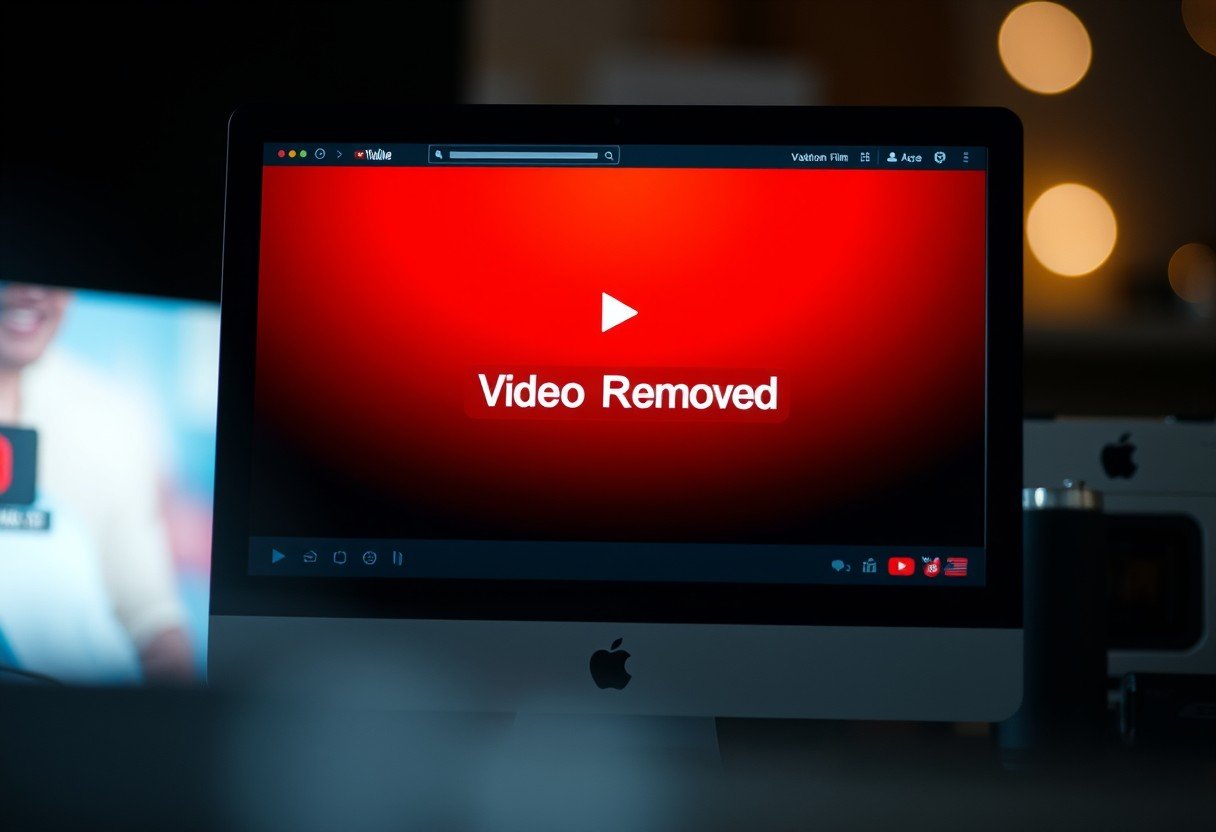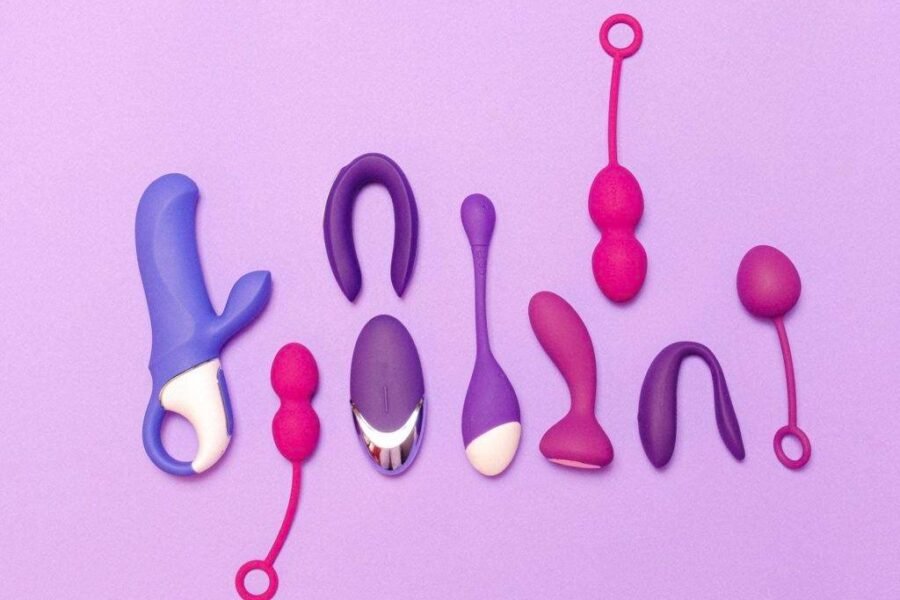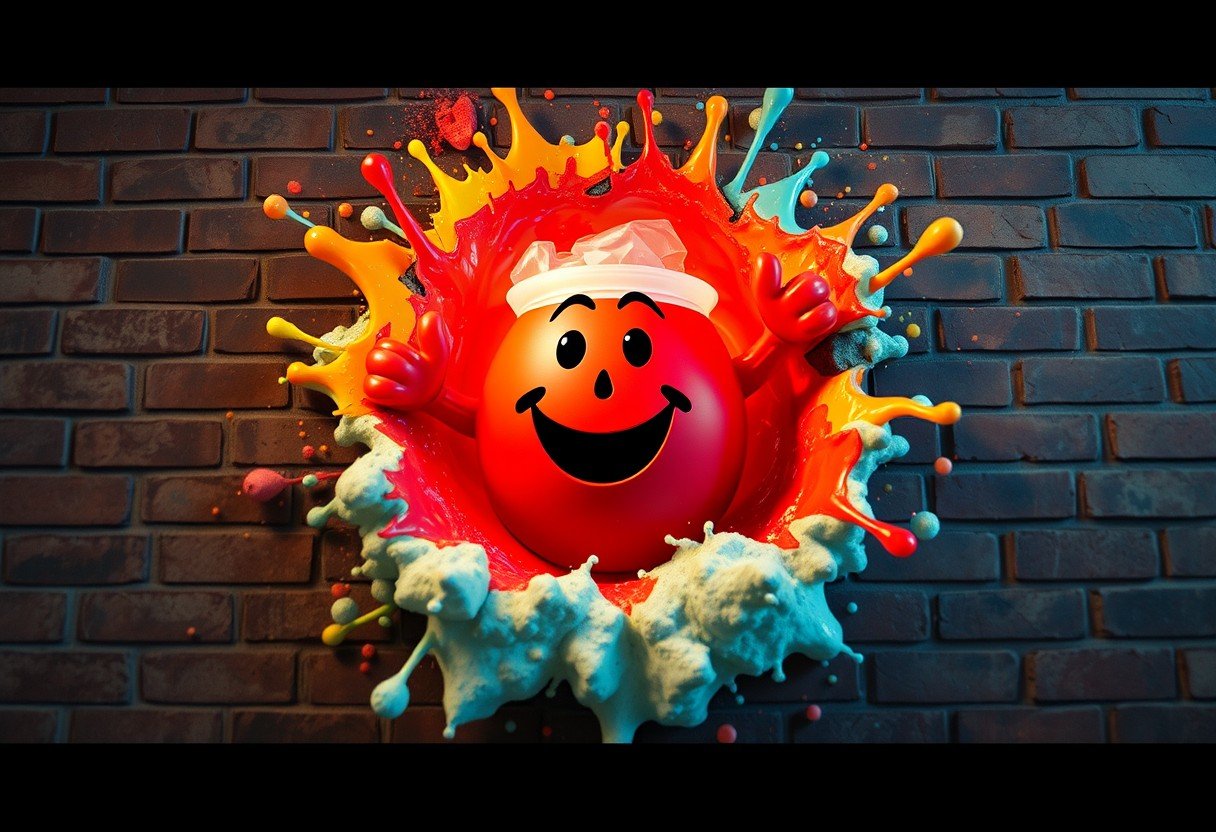YouTube removes videos when they break rules that protect viewers and creators. This guide explains what is removed, where enforcement applies on the platform, how detection works, when takedowns happen, who is affected, and why these policies exist. Learn how to stay compliant and keep your channel safe with clear steps and examples.
How YouTube Enforces Rules
YouTube uses automated systems and human reviewers to find and remove rule breaking videos quickly and at scale. Automated tools scan uploads, titles, descriptions, captions, and thumbnails. Human review teams check context, intent, and edge cases to reduce mistakes.
With more than 500 hours of video uploaded each minute, automation is needed to spot copyright, safety, and policy risks. Flags come from Content ID, machine learning, user reports, and trusted partners who moderate sensitive areas.
Outcomes vary by severity. Some videos are age restricted, some lose ads, and others are removed with a strike. For child safety or clear harm, removal can be immediate, and accounts can face limits.
Enforcement can happen at upload, moments after publishing, or months later if new signals appear. Keep records of your sources and licenses so you can respond fast if a notice arrives.
Copyright Infringement Basics
A single copyright strike can remove your video and put your channel at risk. Copyright covers music, video clips, images, and more. Owners can use Content ID to claim or block your video, or send a legal takedown request.
- Commercial music tracks and sound effects without a license
- TV and film clips, live sports footage, and full reuploads
- Gameplay, concerts, or event recordings that include protected audio
Use licensed music libraries, Creative Commons content with proper attribution, or original audio. Check terms for sync, mechanical, and performance rights. Keep receipts and license IDs in case of a dispute.
Fair use is narrow and fact specific. Commentary, critique, or education may qualify, but it is not guaranteed. If you rely on fair use, add strong commentary and transform the material clearly.
Community Guidelines That Trigger Removal
Violations that harm safety or dignity are removed fastest to protect viewers. This includes hate speech, harassment, child endangerment, and violent or graphic content. Context matters, but clear abuse is not allowed.
| Policy Area | Examples | Typical Action |
|---|---|---|
| Hate Speech | Attacks on protected groups by race or religion | Removal and strike |
| Harassment | Doxxing, threats, targeted shaming | Removal and strike |
| Child Safety | Sexualization of minors, harmful pranks on kids | Immediate removal, possible account limits |
| Violent Or Graphic | Gore without context or warning | Removal or age restriction |
| Regulated Goods | Sale of firearms or illegal drugs | Removal and possible strike |
Context such as news coverage, documentary work, or educational analysis can help, but it must reduce harm, avoid glorification, and add clear value. Add warnings and blur when needed.
Keep personal attacks out of your videos and comments. Set channel rules, moderate live chat, and remove risky timestamps that could be misused.
Misinformation Policies You Should Know
Medical misinformation and false election claims are removed or limited to protect public safety and civic trust. YouTube gives more visibility to authoritative sources on sensitive topics.
Health rules cover false claims about cures, vaccines, and medical advice that contradicts health authorities. Show sources on screen, cite peer reviewed studies, and add context about risk and uncertainty.
Election rules limit content that misleads voters about how to vote or spreads false claims that can undermine results. Guidance can change by country and season, so check policy updates before posting.
Best practice is to verify with trusted sources, link to official data, and avoid absolute claims. When facts are evolving, explain what is known and what is not to keep viewers informed.
Adult And Age Restricted Content Rules
Explicit sexual acts are not allowed on YouTube and will be removed. Nudity, fetish content, and sexualized touching are restricted even if not explicit. Content that focuses on minors is strictly prohibited.
There are narrow spaces for art, education, and health. If you cover mature topics, avoid graphic detail, add strong context, and consider blurring. Mark uploads correctly so the system can apply age limits where needed.
Thumbnails and titles matter. Do not use sexualized images or language to get clicks. Keep visuals respectful and directly related to the topic.
Regional laws affect decisions. If minors appear, get consent from guardians, keep records, and never sexualize. When unsure, cut or mask the risky part.
Harmful Or Dangerous Acts And Challenges
Content that encourages injury or illegal acts can be removed on sight. This includes instructions for self harm, reckless pranks, and challenges that could cause real world damage.
Disclaimers do not fix dangerous steps. Avoid stunts that need pro training or safety gear that viewers do not have. Do not show how to bypass safety features on tools or vehicles.
Educational framing helps when you show risk with prevention. Add warnings, show protective gear, and focus on safety outcomes instead of thrill or shock.
Spam, Scams, And Misleading Metadata
Misleading titles, thumbnails, and fake engagement can trigger removal and channel penalties. The goal is to protect viewers and keep search results honest.
- Clickbait that promises one thing but shows another
- Giveaway or crypto scams that send users to unsafe sites
- Buying views, likes, or comments to game the system
Use accurate titles, honest tags, and clear descriptions that match the video. Do not stuff keywords or repeat the same tags across uploads. Keep calls to action fair and truthful.
Grow with quality watch time, viewer trust, and steady posting. Communities that feel respected will return, share, and support your work.
What To Do If Your Video Is Removed
You can appeal a removal, fix issues, and prevent future strikes with a plan. Act fast so you protect your reputation and channel access.
- Read the email notice and dashboard alert to find the exact policy.
- Compare your video to the rule page and note the risky parts with timestamps.
- Edit out problem segments, swap licensed music, or add context, then reupload.
- If you believe it is an error, file an appeal with a clear, brief explanation and proof.
- Train your team on recurring issues and set a pre publish checklist.
- For copyright, organize license files and consider a rights management service.
YouTube uses a three strike system within a 90 day window. Three active strikes can lead to channel termination, so keep your strike count and expiry dates in view.
Keep an audit log of sources, scripts, and permissions. Review policy updates monthly and adjust your workflow before problems stack up.
FAQ
Why Did YouTube Remove My Video Without Warning?
Some violations trigger instant removal to protect viewers, such as child safety or explicit content. Check your email and Studio dashboard for details and next steps.
How Do I Avoid A Copyright Strike On Music?
Use licensed tracks, royalty free libraries, or original audio. Keep proof of licenses and avoid popular songs unless you have written permission for sync and platform use.
Does Fair Use Protect Reaction Or Commentary Videos?
Fair use can apply when you transform the work with analysis, critique, or education. It is not a guarantee, so add strong commentary and only use what is needed.
Can I Post Graphic News Footage If It Is Informative?
Only if it adds clear public value and reduces harm with context, warnings, and limited detail. Even then, the video may be age restricted or removed.
What Counts As Misleading Metadata On YouTube?
Titles, thumbnails, tags, or descriptions that do not match the content or promise false results. Keep metadata accurate, specific, and honest.
How Long Do Strikes Stay On My Channel?
Most strikes expire after 90 days if there are no new violations. Repeat issues can lead to harsher limits, demonetization, or termination.
Can I Appeal If I Think The Removal Was A Mistake?
Yes, file an appeal in YouTube Studio with a short explanation and evidence. If you win, YouTube may restore the video and remove the strike.









Leave a Comment